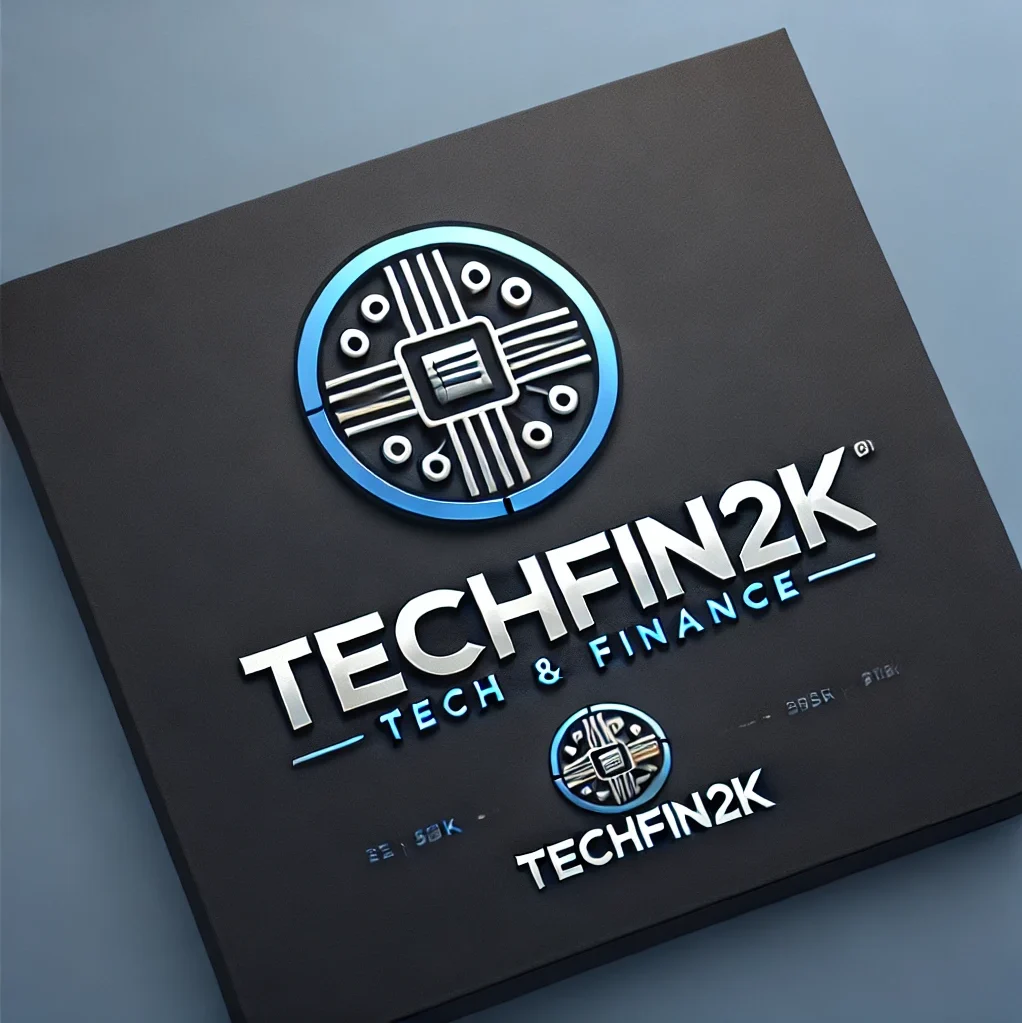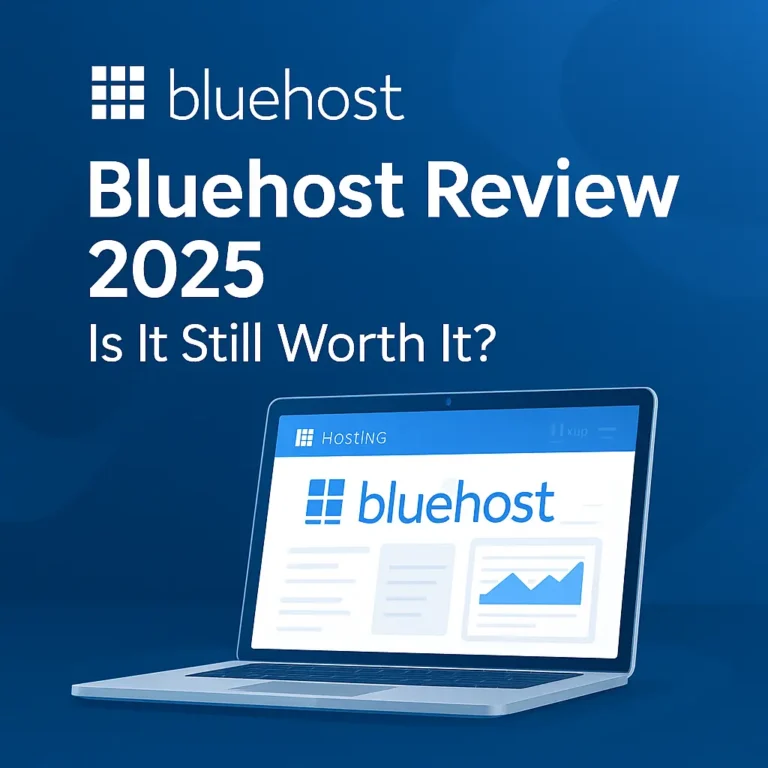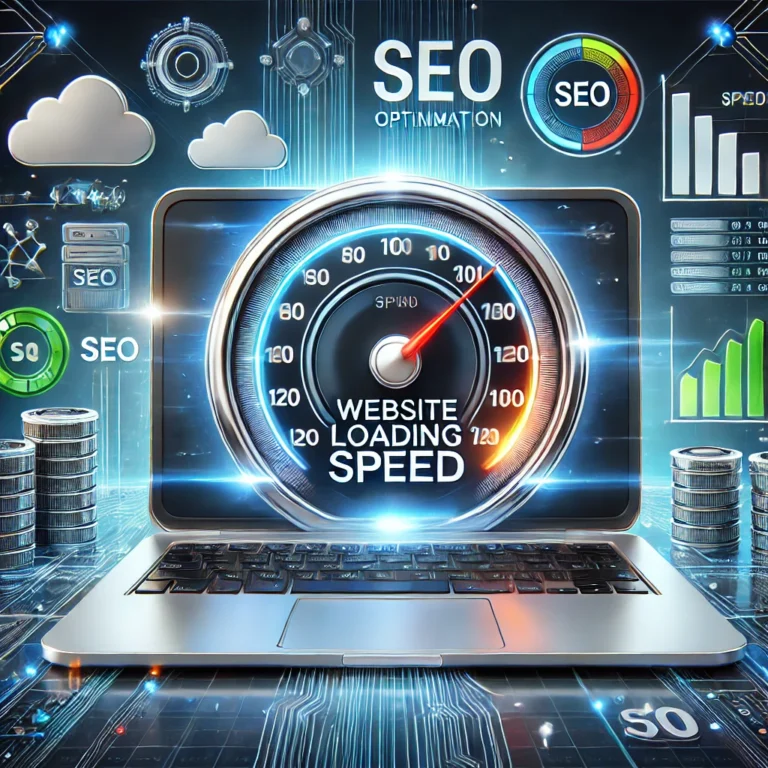Last Updated on May 23, 2025 by RADHIKA
If you’re planning to build your first website, congratulations! Whether it’s for a blog, a small business, or a personal project, having a website is a huge step toward establishing your online presence. But as exciting as it is, it’s easy to fall into some common traps that can hurt your progress.
In this article, we’ll cover the top 10 mistakes beginners make when building a website and how you can avoid them. Our goal is to help you save time, avoid frustration, and create a website that actually works for your goals.
1. Skipping Planning and Strategy
Many beginners dive straight into designing without first understanding the purpose and goals of their website. Without proper planning, you might end up with a site that confuses visitors, lacks direction, and fails to meet its objectives. It’s like building a house without a blueprint — things can quickly become messy, disorganized, and ineffective.
Avoid it by:
- Start by clearly defining your target audience — who are they, what are they looking for, and how can your site serve them?
- Set specific and measurable goals, such as collecting email signups, selling products, or showcasing a personal portfolio.
- Create a simple and logical site structure with key pages like a homepage, about page, services or products, blog, and contact information.
Spending time on planning upfront makes the entire website-building process smoother and prevents unnecessary revisions later.
2. Choosing the Wrong Hosting Provider
Your web host is the foundation of your website, and it plays a significant role in how well your site performs. A slow, unreliable host can result in frequent downtime and slow load speeds, both of which can severely impact user experience.
Website load speed is crucial because slow sites lead to higher bounce rates and lower search engine rankings. For instance, Google has indicated that load times above 3 seconds can hurt your site’s SEO. Additionally, server locations matter. If your hosting server is far from your primary audience, it can slow down your website. For example, if you’re targeting users in Europe but your server is based in Asia, your site will take longer to load for your European visitors.
Hosting providers that offer multiple server locations give you the flexibility to choose one closer to your target audience, which can help improve performance. Moreover, uptime reliability is another important factor to consider. A good hosting provider should guarantee 99.9% uptime to minimize any site downtime, ensuring that your site remains accessible to users around the clock.
Avoid it by:
- Researching reliable hosting companies like InterServer, AccuWeb, or GreenGeeks is essential for a strong website foundation. A good host ensures that your site loads quickly, remains accessible, and handles traffic spikes efficiently.
- Look for uptime guarantees of 99.9% or higher to avoid frequent downtimes.
- Choose providers with data centers close to your target audience for faster load times.
- Consider their customer support quality, server response times, backups, or CDN integration.
- Starting with shared hosting is cost-effective and suitable for beginners, but be sure you can upgrade later as your traffic grows.
3. Picking a Complicated Domain Name
Choosing a domain name that’s too long, hard to spell, or confusing can make it difficult for visitors to remember, type, or find your site again. A good domain should be easy to recall, short in length (ideally under 15 characters), and simple to pronounce. For example, opting for a straightforward .com domain like “mytechguide.com” instead of something complex like “my-tech-guide-123.net” can significantly improve brand recognition and user trust.
If your domain contains tricky words, double letters, or hyphens, users might mistype it, landing elsewhere or giving up entirely. It’s also smart to pick a name that reflects your niche or business purpose. Tools like Namecheap, GoDaddy, or Domain.com can help you check for availability and brainstorm alternatives.
Avoid it by:
- Keep it Short, Relevant, and Memorable
- Aim for a domain name that’s short (under 15 characters), easy to type, and easy to remember.
- Include a relevant keyword if possible to reflect your niche or service (e.g., techgearhub.com).
- Avoid hyphens, numbers, or unusual spellings that are easy to forget or mistype.
- Choose a .com extension when available, as it’s the most trusted and widely recognized.
- Test your domain by saying it out loud and seeing if people can spell it correctly — this helps avoid confusion.
- Use domain search tools like Namecheap, GoDaddy, or Domain.com to brainstorm and secure your ideal name.
4. Using a Poor Website Builder or Theme
A website builder is a tool that helps you create a website without needing to code. Not all website builders or themes are equal — some are bloated with unnecessary features, outdated in design, or too complex for beginners. These issues can slow down your site, confuse users, and make the building process more frustrating than it needs to be.
Avoid it by:
Choosing beginner-friendly platforms like WordPress, Wix, or Squarespace which offer intuitive drag-and-drop builders and templates.
- Picking mobile-responsive and SEO-friendly themes that are lightweight and updated regularly to maintain performance and security.
- Reading user and expert reviews before installing any plugin or theme to ensure compatibility, reliability, and speed.
- Checking if your chosen website builder offers good support and documentation to help troubleshoot when needed.
- Ensuring the builder or theme supports integrations like Google Analytics, social media sharing, and e-commerce plugins.
- Avoiding themes with too many built-in features that can slow down your site or create conflicts.
- Opting for themes optimized for fast load times and minimal code bloat.
- Looking for themes and builders with active developer communities and frequent updates.
5. Ignoring Mobile Optimization
Over 50% of all internet traffic now comes from mobile devices like smartphones and tablets. If your website isn’t optimized for smaller screens, the users get frustrated and they will quickly leave and never return. Mobile users expect fast load times, responsive design, and easy navigation with buttons and menus that are easy to tap. Failing to deliver this experience can drastically reduce engagement and increase bounce rates, which can also affect your site’s search engine rankings.
Avoid it by:
- Using responsive design themes that automatically adjust the layout and content to fit different screen sizes, ensuring a smooth browsing experience.
- Testing your site on various devices and screen sizes (smartphones, tablets, laptops) to identify layout issues and broken elements.
- Keeping menus and buttons large enough and well-spaced to make them easy to tap with fingers, reducing user frustration.
- Optimizing images and content to load quickly on mobile networks, which are often slower than desktop connections.
- Avoiding pop-ups or elements that are hard to close on small screens, which can drive mobile users away.
6. Neglecting Website Speed
Slow-loading websites not only frustrate visitors but also negatively impact your search engine rankings. Studies show that users expect a website to load in under three seconds — any longer, and they’re likely to leave. Google uses page speed as a ranking factor, meaning a sluggish site can push you lower in search results. Slow speeds can be caused by unoptimized images, too many heavy scripts or plugins, lack of caching, or hosting on underperforming servers.
Avoid it by:
- Compressing images before uploading using tools like TinyPNG or ShortPixel to reduce file sizes without sacrificing quality.
- Using caching plugins like LiteSpeed Cache or WP Rocket to store frequently accessed content and reduce server load.
- Avoiding too many plugins or heavy scripts that can slow down performance and increase page load time.
- Choosing a hosting provider with fast server response times and a Content Delivery Network (CDN) for global content delivery.
- Minimizing the use of render-blocking resources like large JavaScript files and CSS that delay page rendering.
- Regularly testing your site speed using tools like Google PageSpeed Insights or GTmetrix to identify and fix bottlenecks.
7. Not Having a Clear Call to Action (CTA)
What do you want your visitors to do when they land on your website? Whether it’s subscribing to your newsletter, contacting you for services, purchasing a product, or reading a blog post, your website should clearly guide users to take action. Without obvious direction or visual prompts, many visitors will simply leave — even if they’re interested — because they don’t know what to do next.
Avoid it by:
- Placing visible CTAs on key pages (buttons, forms, banners).
- Using action words (“Sign up now”, “Get your free quote”).
- Avoiding clutter that hides the CTA.
8. Forgetting About SEO (Search Engine Optimization)
SEO, or Search Engine Optimization, is the process of making your website more visible on search engines like Google. Without proper SEO, your site may not appear in search results when people look for services or content you offer. Many beginners skip SEO and then wonder why their traffic is low. SEO helps your website rank higher, reach the right audience, and gain more organic (unpaid) traffic. It includes optimizing your content with keywords, using proper headings, ensuring your website loads fast, and building backlinks from other trusted sites.
Avoid it by:
- Using basic SEO plugins like Yoast SEO or All in One SEO.
- Writing keyword-rich page titles and meta descriptions that accurately describe each page’s content.
- Creating helpful, original content regularly that satisfies user intent.
- Ensuring internal linking between related pages to help search engines understand your site structure.
- Optimizing images with descriptive alt text to improve accessibility and SEO.
- Submitting your sitemap to Google Search Console to help search engines crawl your website more efficiently.
9. Not Securing the Website
Security is crucial, especially if you’re collecting user data or selling products.
Avoid it by:
- Using HTTPS (SSL certificate — often free from your host).
- Installing security plugins like Wordfence.
- Keeping WordPress, themes, and plugins updated.
10. Not Tracking Website Performance
If you don’t know how your site is performing—like how many people are visiting, how long they’re staying, and which pages they view—you won’t know what’s working and what needs fixing. Regular tracking helps you make smart improvements that grow your audience and improve your site’s effectiveness.
Avoid it by:
- Installing Google Analytics and Google Search Console is essential for monitoring how your website performs over time.
- Google Analytics allows you to track key metrics such as traffic sources, bounce rates, user behavior, average session durations, and conversions. You can identify which content performs best and which pages may need improvement.
- Google Search Console helps monitor your website’s presence in Google search results. It provides insights on search queries, indexing issues, mobile usability, and more. It also alerts you about any manual actions or crawl errors that can affect SEO.
- Use this data to adjust your content strategy, improve page performance, identify popular topics, and remove underperforming content. Consistent monitoring helps ensure long-term growth and relevance in your niche.
✍️ Final Thoughts
Building a website doesn’t have to be complicated, but avoiding these beginner mistakes will give you a strong foundation. Focus on planning, choose reliable tools, optimize for users and search engines, and stay consistent.
Remember: every expert once started as a beginner. With patience and continuous learning, your website can grow into something great.
If you’re looking for reliable hosting, don’t forget to check out our reviews of InterServer, AccuWeb, and GreenGeeks to help you choose the best provider for your needs.
Need help building your first website? Leave your questions in the comments or check out our beginner guides at TechFin2K.com.





